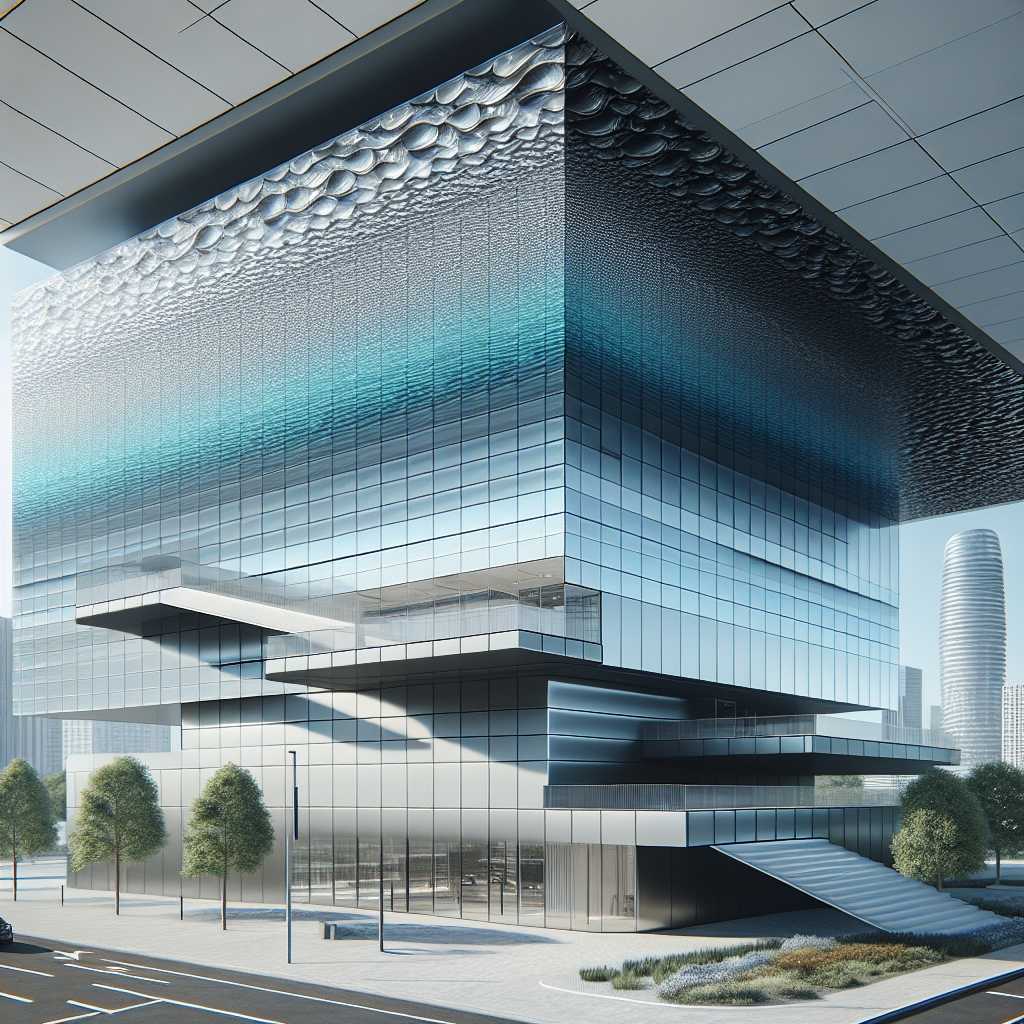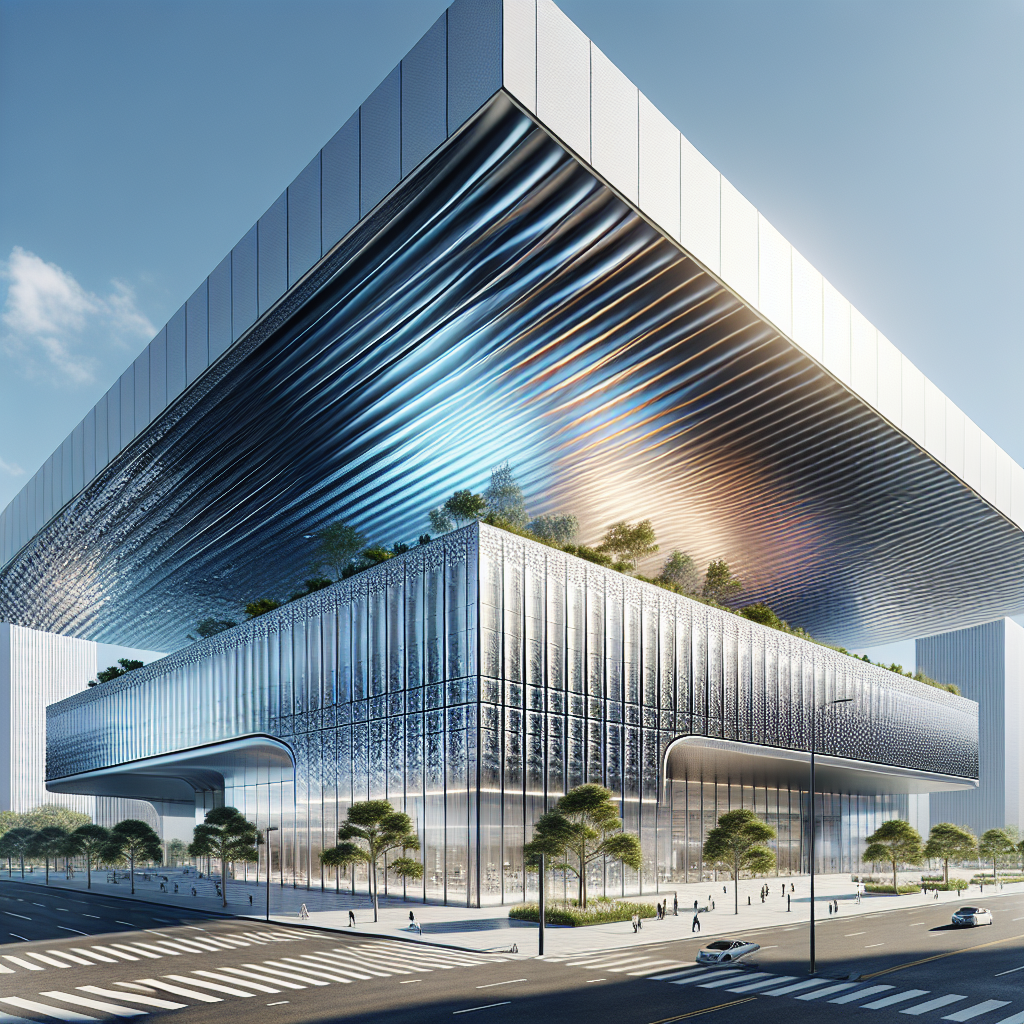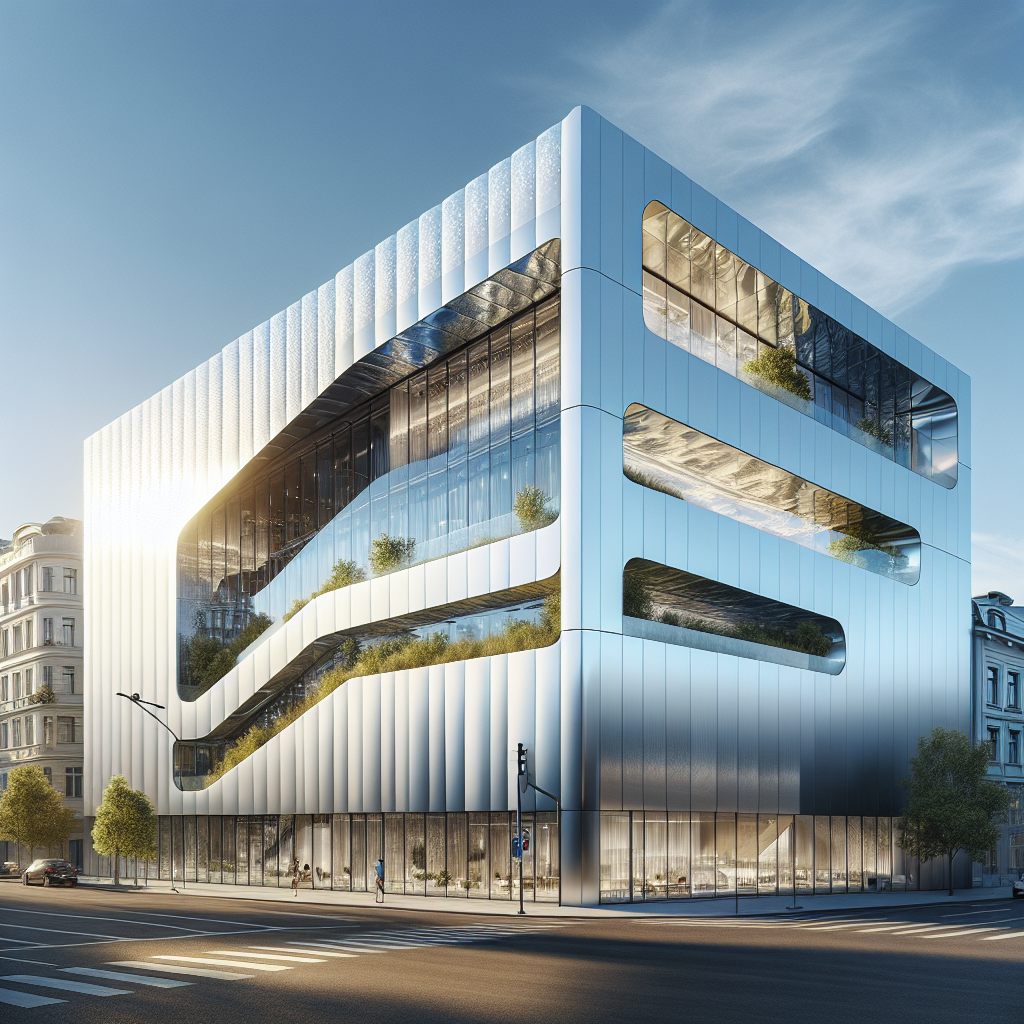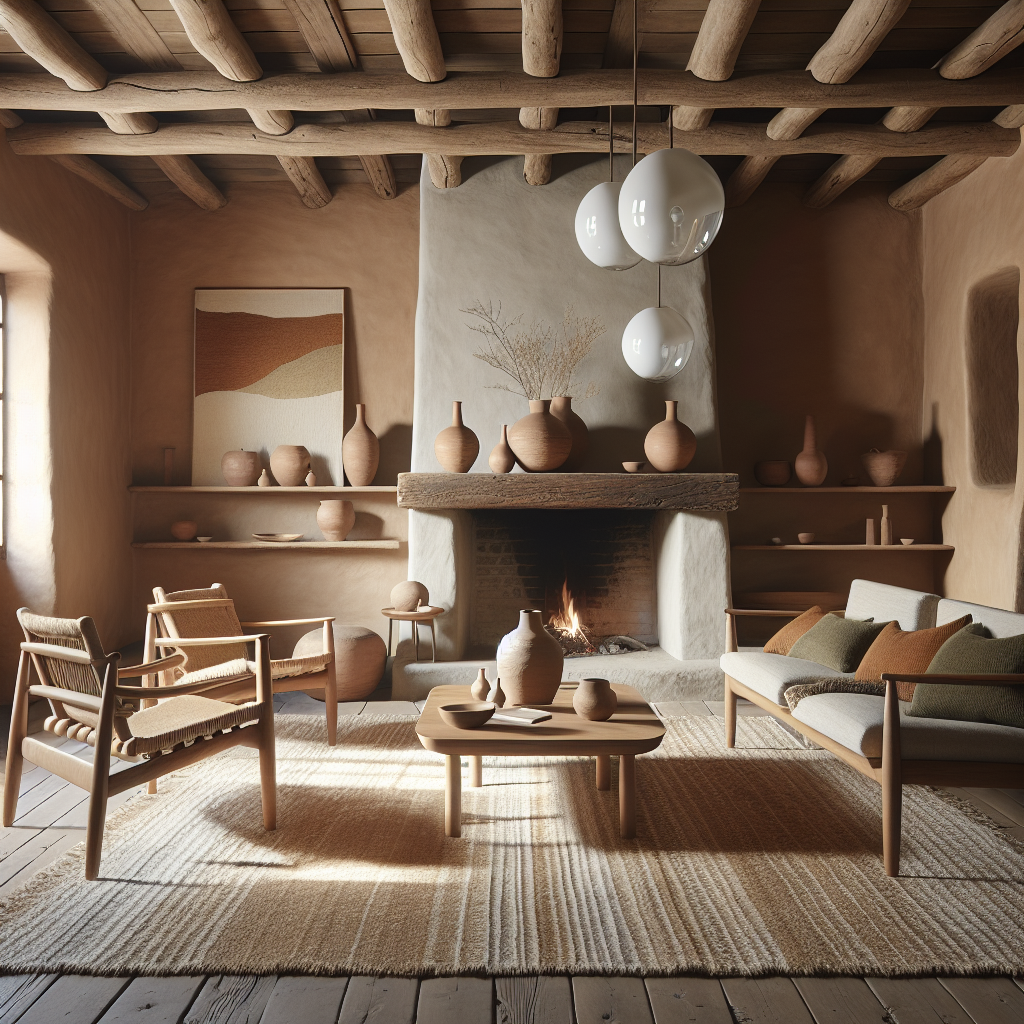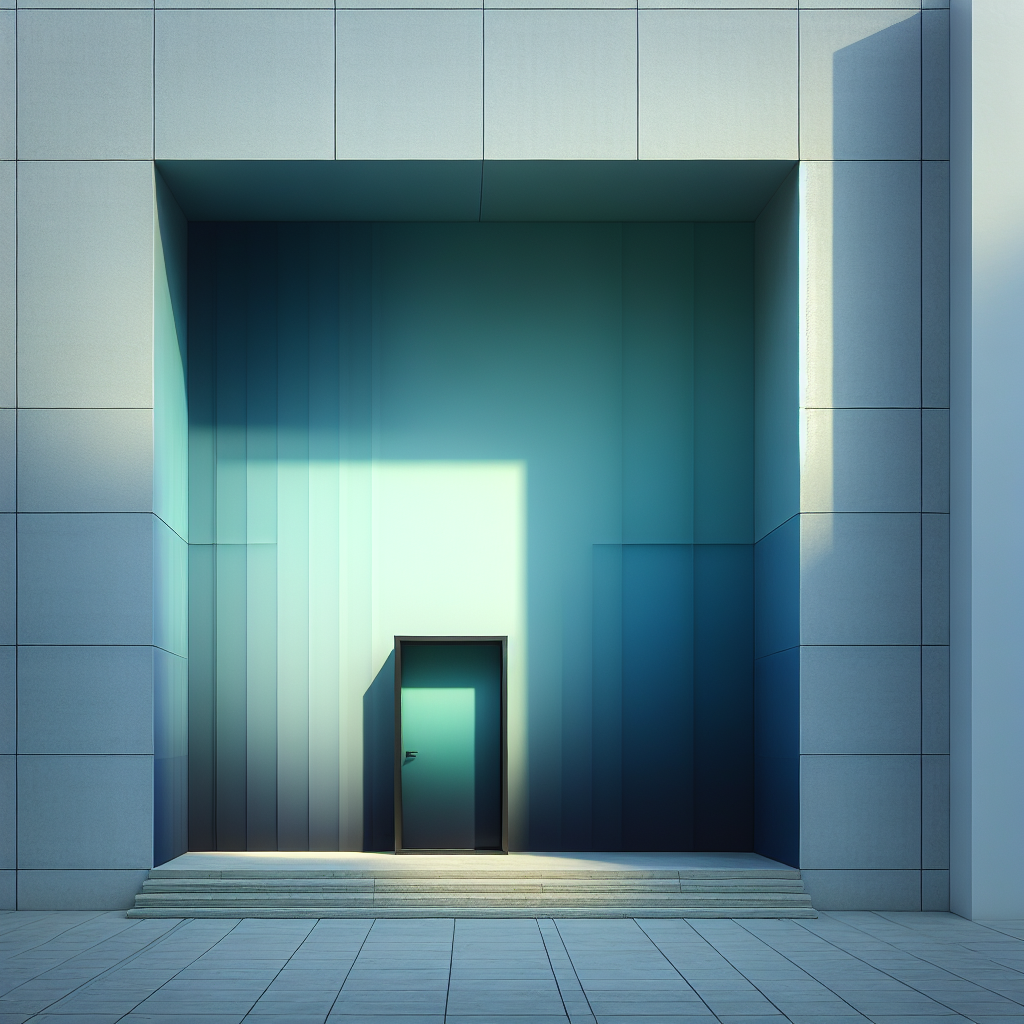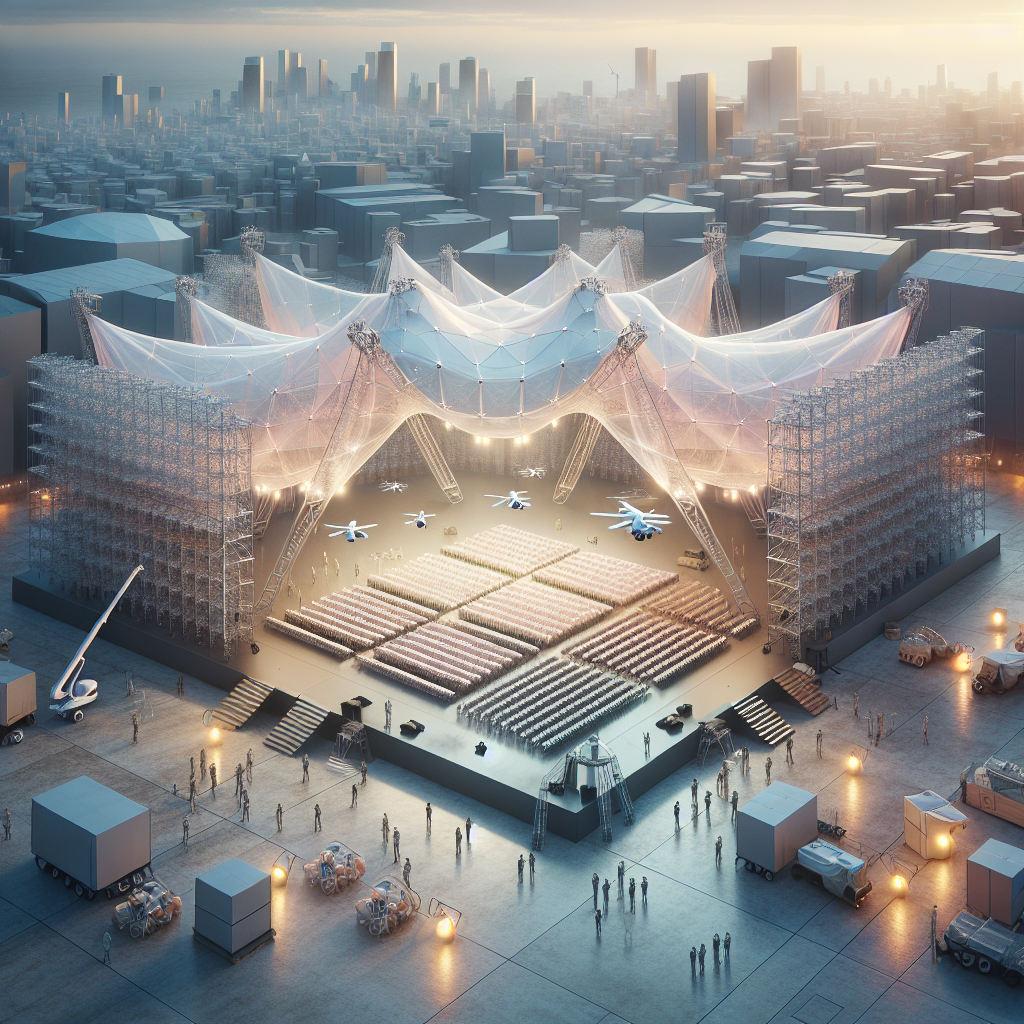Chromatic illusions in: facade design thermochromic roofs that shift in temperature
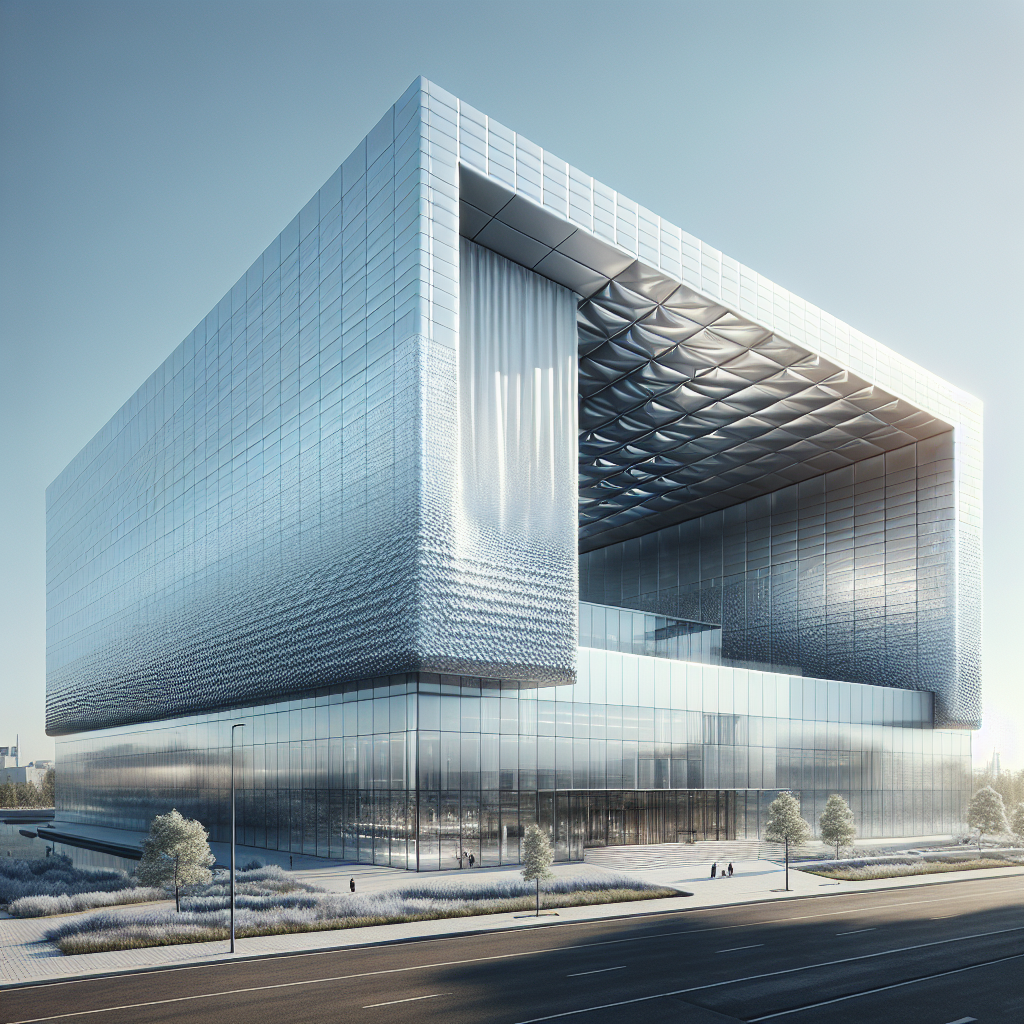
Chromatic Illusions in Façade Design: Thermochromic Roofs That Shift with Temperature
Architecture has always been a dialogue between material, light, and perception. Today, this dialogue is being rewritten through chromatic illusions—dynamic surfaces that respond to environmental conditions, shifting their appearance as the climate changes. Among the most compelling of these innovations are thermochromic roofs and façades, which transform color in response to temperature fluctuations. These adaptive skins not only reimagine the aesthetics of buildings but also promise significant contributions to energy efficiency and climate resilience. For architects and designers navigating the intersection of sustainability and spectacle, thermochromic technologies represent a frontier where science and poetics converge.
The Science Behind Thermochromic Architecture
At the core of this innovation lies thermochromism, a property of certain pigments and materials that enables them to change color when exposed to temperature variations. Unlike static coatings, thermochromic paints and films are engineered with liquid crystals or leuco dyes that alter their molecular structure under heat. This shift modifies the way they absorb and reflect light, producing visible changes in hue. Applied to architectural surfaces, these materials create façades and roofs that appear to breathe with the weather—turning darker under intense sun to reduce heat absorption, or lighter in cooler conditions to maximize warmth.
The implications are profound. A roof that transitions from deep graphite in summer to pale silver in winter is not merely a visual spectacle; it is a passive energy strategy. By modulating solar gain, thermochromic roofs can reduce reliance on mechanical cooling and heating systems, aligning with the growing push toward net-zero energy buildings.
Chromatic Illusions as a Design Language
Beyond performance, thermochromic façades introduce a new visual language of temporality. Unlike traditional static architecture, these surfaces are in constant flux, embodying the rhythms of climate and time. A building may appear serene and monochrome at dawn, only to ripple into iridescent tones by midday heat, and then settle into muted shades as evening cools. This creates an architectural narrative that is both responsive and performative.
Consider the poetic resonance: façades that blush in summer heat, roofs that pale under winter frost, or entire districts that subtly shift chromatic identity across seasons. These illusions transform architecture into a living canvas, one that resists permanence in favor of ephemerality. Such qualities resonate with contemporary explorations of optical illusions in architecture, where perception is as critical as form.
Case Studies: Thermochromic Applications in Practice
Several pioneering projects illustrate the potential of thermochromic architecture:
- Experimental Roof Systems in Scandinavia – In climates with extreme seasonal variation, research institutions have tested thermochromic coatings on residential roofs. These systems demonstrated up to 20% reductions in energy consumption by dynamically regulating heat absorption.
- Public Installations in Urban Europe – Temporary pavilions coated with thermochromic films have been deployed in cultural festivals, where façades shift color in response to crowds and weather, creating interactive environments that blur the line between art and architecture.
- Commercial Buildings in Asia – Forward-thinking developers have begun integrating thermochromic panels into office towers, not only as a sustainability measure but also as a branding tool—buildings that literally change their identity throughout the day.
These projects echo the broader trend of responsive design, where buildings are no longer inert shells but adaptive organisms attuned to their environments.
Thermochromic Roofs and Climate Adaptation
As cities grapple with rising temperatures and the urban heat island effect, thermochromic roofs emerge as a pragmatic solution. By shifting to lighter colors during heatwaves, these surfaces reflect more solar radiation, mitigating localized warming. Conversely, in colder months, darker hues can absorb heat, reducing energy demand for heating. This dual capacity positions thermochromic roofs as a vital tool in climate-adaptive urban planning.
Recent studies suggest that widespread adoption of reflective and adaptive roofing could lower urban temperatures by up to 2°C, a seemingly modest figure with profound implications for public health, energy infrastructure, and biodiversity. Unlike conventional green roofs, which require structural reinforcement and maintenance, thermochromic coatings offer a lightweight, scalable alternative.
Aesthetics of Change: The Emotional Dimension
While much of the discourse around thermochromic architecture emphasizes sustainability, its aesthetic and emotional dimensions are equally compelling. The human eye is naturally drawn to transformation, to surfaces that resist predictability. In this sense, thermochromic façades engage occupants and passersby in a subtle choreography of change. They invite reflection on impermanence, on the passage of time, and on the building’s dialogue with its environment.
Imagine a cultural center whose roof blooms into warm copper tones during a summer concert, or a residential block that cools into icy blues during winter evenings. These shifts are not merely decorative; they shape urban atmospheres, influencing mood and perception in ways akin to color-shifting interior lighting.
Challenges and Future Directions
Despite their promise, thermochromic technologies face several challenges. Durability remains a concern, as pigments may degrade under prolonged UV exposure. Cost is another barrier, with advanced coatings still priced higher than conventional materials. Moreover, architects must navigate the balance between spectacle and subtlety—ensuring that chromatic illusions enhance, rather than overwhelm, architectural form.
Yet the trajectory is clear. As material science advances, we can expect more resilient, cost-effective thermochromic systems. Integration with smart glass and sensor-driven façades could yield hybrid skins that not only change color but also adjust transparency, insulation, and even texture. In this sense, thermochromic roofs are not an isolated novelty but part of a broader evolution toward responsive, living architecture.
Reframing the Future of Architectural Expression
Thermochromic roofs and façades are more than technical solutions; they are cultural statements. They embody a shift from architecture as static monument to architecture as mutable experience. For design professionals, the challenge lies in harnessing this mutability with precision—crafting buildings that are both environmentally intelligent and emotionally resonant.
As cities continue to densify and climates grow more volatile, the allure of chromatic illusions will only intensify. In their shimmering, shifting skins, we glimpse a future where architecture does not merely shelter us but converses with the world around it—an architecture that breathes, blushes, and glows in tune with the planet itself.
